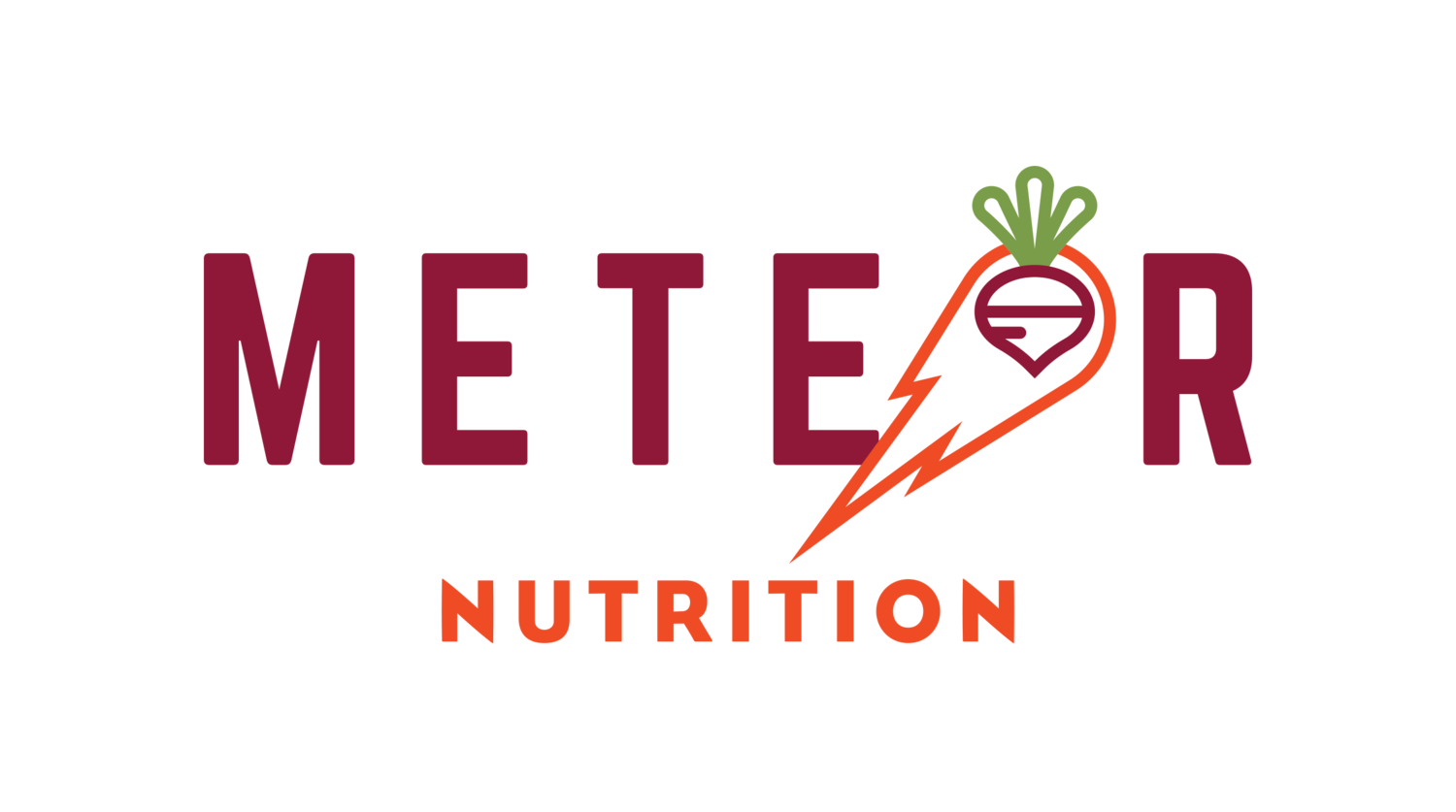How To Make an Athlete Oat Bowl
Oatmeal bowls do not have to be all carbohydrates and they most definitely do not have to be boring! This fall version of an athletes oatmeal bowl creates a fun way to be both festive and creative with our food. This oat bowls take on chocolate chip pumpkin bread is the perfect addition to your fall preparation and recovery routine!
Sometimes, I see athlete’s putting a serving of oats (1/2 cup dry or one envelop) in a bowl with some fruit, maybe some peanut butter, and water and calling it good. Not only is this likely low in overall calories, but may leave the athlete searching for a snack or with delayed recovery because it potentially is low in all three macros. This athlete oat bowl is the perfect way to ensure you are incorporating carbohydrates, fats, and proteins into your daily breakfast while also adding even more nutrients through vitamins and antioxidants.
All About That Base: It is imperative that we as athletes are fueling both our minds and bodies with carbohydrates in order to sustain the workload we are putting ourselves through. Just as much as we need them to be able to fuel us forward amongst the stress we put ourselves through on a day in and day out basis, we also need to be incorporating carbohydrates into our recovery plan. With carbohydrates as our main energy source and the first that our body grabs, it is vital that we are taking the opportunity to consume them. This makes the base of an oatmeal bowl, the oatmeal itself a great starting point to build out a perfect preparation or recovery meal. A “serving size” of oats is 1/2 cup or one envelope = 30 g of carbs. Athletes that engage in 1 hour of exercise per day require 5-7 g/kg and athletes that engage in 1-3 hours of exercise per day require 6-10 g/kg. For a 150 lb athlete that is averaging 1 hour of exercise per day would require 340-477 g of carbs per day. One envelop of oatmeal as a meal simply will not scratch the surface. If you want to include additional carbohydrates other than the oats in this meal, sources such as fruit/dried fruit, dairy, sweeteners ( sugar, maple syrup, honey), granola, and chocolate chips can help to fill the gap!
Protein: Depending on an athlete’s training, age, and goals, protein requirements is around 1.2-1.8 g/kg, and if an oat bowl is going to be used as a recovery meal, we recommend at least aiming for 20-30 g of protein in that meal. While oats themselves have about 5g of protein per serving , some of our favorite ways to boost protein in an oat bowl are :
Milk: the ratio between milk and oats should be 1:2. Soy milk, cow’s milk ( Fairlife with 15 g/ 8 oz is truly a favorite lately), pea milk, or even oat/almond that is fortified with protein. Please note that most oat/almond have negligible amounts of protein. If you use 1 cup dry oats, and 2 cups of Fairlife milk, you would get 30 grams of protein! Other listed milks have about 8g/ 1 cup.
Yogurt: Stirring in a 1/2 cup of yogurt could add 6-8 g of protein!
Eggs/egg whites: Whisk eggs before adding to oats. Stir into oatmeal that is cooked onto stove or hotplate until oatmeal is fluffy
Nuts/Nut butter/Seeds: Ok, mostly a fat, but adding 2 tbs of these will add 5-8 G protein (chia/flax lower, nuts higher end)
Protein powder: I’ve also had clients that enjoy adding protein powder into oats. We suggest using a third party tested product, and even considering using a 1/2 serving ( 10-15 g of protein) to prevent oats from simply getting too dusty ( YUCK) + additional one of the options above. EX: 1 cup dry oats ( 10 g) + 1/2 serving protein ( 12 g) + 2 tbs peanut butter ( 8 g)= 30 g
Fat: A high performance diet isn’t the same as your mom’s diet she’s been trying to stick with since the 80’s. Turns out, we actually need fats in order to maintain normal hormone function in both men and women that is tied to EVERYTHING top on an athlete’s list is: our ability to recover, our bone density, sleep quality, ability to maintain lean body mass, and mental health. Also, fat is critical for the absorption of key nutrients in our diet such as vitamin A,D,E, and vitamin K. Fat intake should not fall below 25-30% of an athlete’s diet. Not to mention, a lot of fat sources are also rich with vitamins such as vitamin B12, zinc, and iron. Some of our favorite way’s to meet fat requirements in an oat bowl sometimes overlaps with our protein intake, but to specify:
1-2 tbs nuts/seeds
Fat from dairy intake ( yogurt and cow’s milk that is at least 2%)
yolks in egg yolks
chocolate chips
granola
Antioxidants: While being concerned with our macronutrients first and foremost is important, when adding toppings to a meal, there is always an opportunity to sneak in extra vitamins, antioxidants, and color into our food. As athlete’s antioxidants hep to keep our innumerable system high so we can keep training, while reducing inflammation perpetuated by our training loads.Here we added pumpkin seeds, pumpkin puree, bananas, and even cinnamon to boost our nutrient intake. Nuts, fruits, vegetables, and even spices are a great way to not only add more flavor, but to also be certain we are giving our body the fuel it needs in order to do the activities we want!
